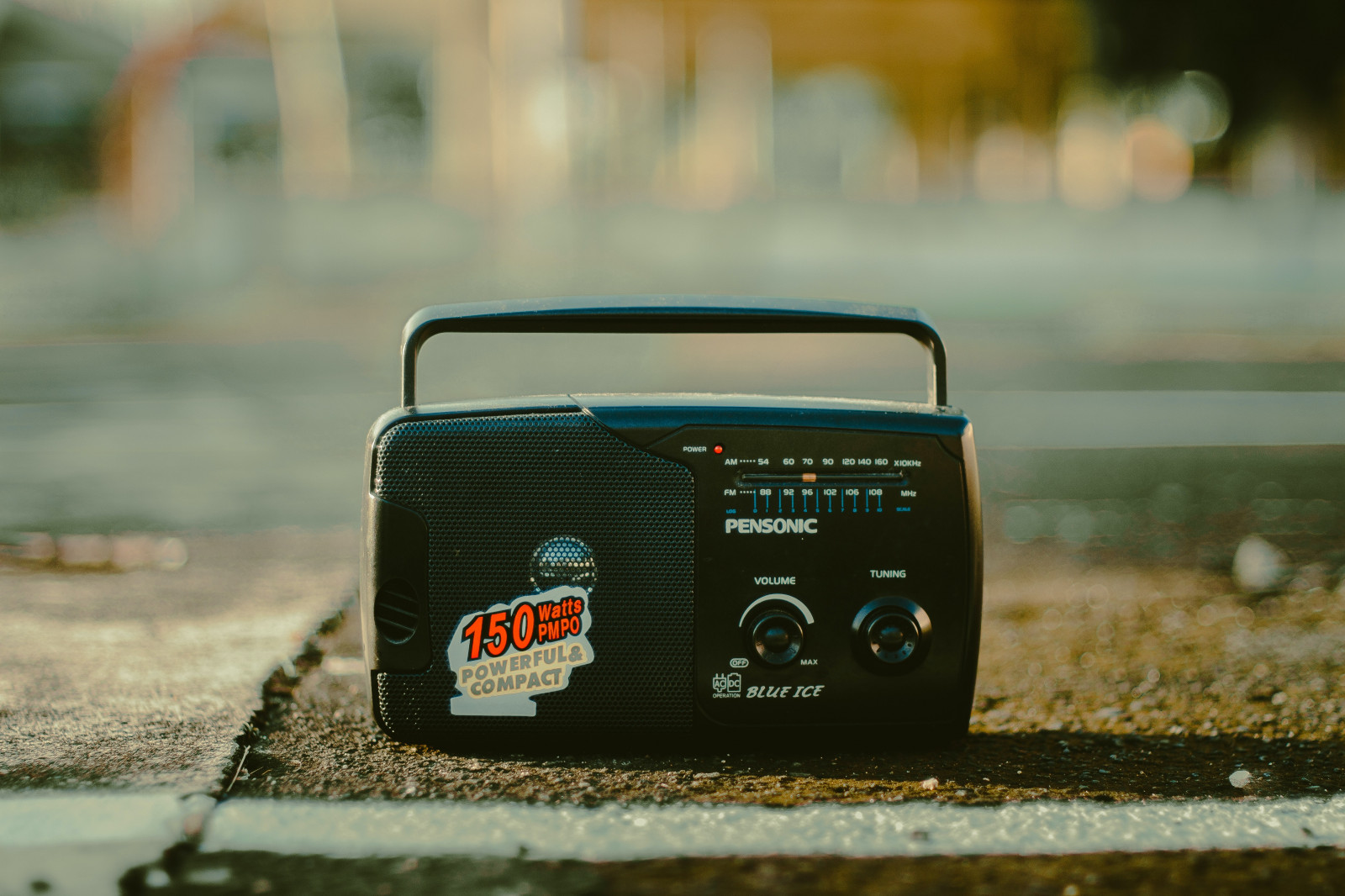As Spotify and YouTube make streaming more like radio, what’s next?
More streaming services like Spotify and YouTube Music are adding AI-powered radio-like features. What do Sptofy DJ and all of this mean for both broadcast radio and streaming?
Last week, both YouTube Music and Spotify launched new, radio-like features. Spotify introduced an AI-powered voice DJ, which will talk to users about why songs are included in personalized mixes. Meanwhile, YouTube Music is giving users more ways to customize streaming radio stations — they can now choose up to 30 artists and specify things like genre, artist frequency, and the balance of chosen artists versus new recommendations.
Streaming revolutionized music listening by giving users on-demand access to everything — the opposite of radio. But, over time, streaming has started to look a lot like its predecessor. Streaming services now push algorithmically-generated playlists and ready-made mixes to soundtrack activities, like working out and cooking. Spotify’s AI-powered voice DJ is a lot like listening to a radio DJ provide context on their curated mix of songs. We even have streaming “stations”!
Where is all this heading?

It is called the ‘passive majority’ for a reason
It is a general rule of thumb that the majority of consumers will always be passive. The problem is not so much that music streaming services are serving — and at this point, encouraging — passive listening behaviours, because the majority is a valuable segment. But it is not the only segment. This is why it is possible for background music consumption to be booming simultaneously with what MIDiA has identified as younger generations wanting more active, social experienceswith content.
Spotify and YouTube are both massive, mainstream platforms, so it makes sense for them to cater to the mainstream. Of course, background listening is also a huge revenue driver for streaming platforms and rightsholders. But radio worked because it had a counterpart — retail, as in physical music sales — to serve the more active music fans. By contrast, streaming lumps all consumers into the same, relatively passive streaming experience.
There are two possibilities here. One, the Spotifys of the world could become the mainstream centres for passive listening, morphing into the next generation’s version of radio. Meanwhile, fandom and culture would happen on other platforms — either social ones, like TikTok, or on another streaming service that differentiates by going the opposite direction (i.e., SoundCloud, Tidal). The other possibility is that streaming services work to better serve active fans as well as passive ones. This would benefit everyone: streaming services get new revenue sources (e.g., fandom badges, a “plus” tier with social features, etc.), fans get a better experience, and artists are able to nurture fandom.
Meeting listeners in the middle
Interestingly, Spotify and YouTube’s new tools both give consumers a bit more agency over algorithms. So perhaps there are actually three profiles here, which the same consumer might oscillate between, depending on their needs at a given time:
- The passive, lean-back consumers, who are happy to surrender to algorithms
- The active music fans, who are dissatisfied with the streaming experience
- Consumers in the middle — who ultimately want algorithms to do the work, but want to have some input first
Music streaming services often onboard consumers by having them make lists of artists they like and do not like. But surely this should be a continual part of how streaming services build an understanding of users’ needs. We have fully on-demand and algorithm-based listening, but little in between. Ideally, users should be able to customise their algorithmic experiences and make active signals (both positive and negative) all the time.
Imagine if the playlist and section icons on the Spotify home screen were more like widgets on an iPhone, which you could add, delete, and move around depending on what you are most interested in. Artificial intelligence (AI) could come into this as well, such as PlaylistAI, a tool which lets people generate playlists based on hyper-specific requests (e.g. “upbeat music for working out, all female artists, nothing from the ‘80s”) and even images.
If we let users choose just a tiny bit more, we help them provide a wider range of active signals, which algorithms can use to make the experience better. Rather than providing the best kind of one experience — passive or active — streaming services should perhaps be providing the full spectrum of experiences, better reflecting the full spectrum of needs and behaviours out there.